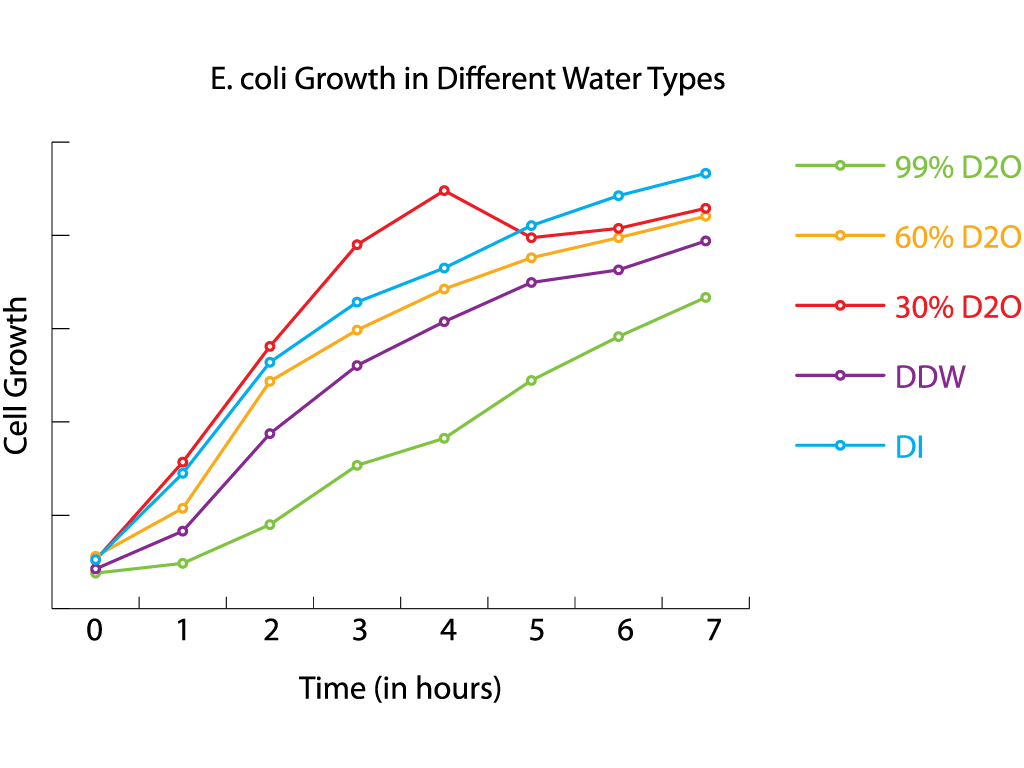So before I left on travel (a week and a half ago) I received a vial of dry yeast. I’ve kept it in the fridge for 2 weeks to preserve it and today I’m going to bring it to life and start a starter culture so that this week I can do time point growth, like I did with the E. coli. Here is some information about the yeast:
And here is some information on how to go from the powder to a liquid suspension and then to a culture (provided by ATCC):
- Open ampoule (the glass vial with the yeast powder) according to enclosed instructions (there are no instructions).
- From a single test tube of sterile distilled water (5 to 6ml) withdraw approx. 0.5 to 1.0ml with a sterile pipette and apply directly to the pellet. Stir to form a suspension.
- Aseptically transfer the suspension back into the test tube of sterile water.
- Let the test tube sit at room temp (25C) undisturbed for at least 2 hours; longer rehydration may increase viability of some fungi.
- Mix the suspension well. Use several drops to inoculate recommended solid or liquid medium. Include a control that receives no inoculation.
- Incubate the inoculum at the propagation conditions recommended.
- Inspect for growth of the inoculum strain regularly. The sign of viability is noticeable typically after 1-2 days of incubation.
And the recommended incubation temp is 30C.
Like this:
Like Loading...
